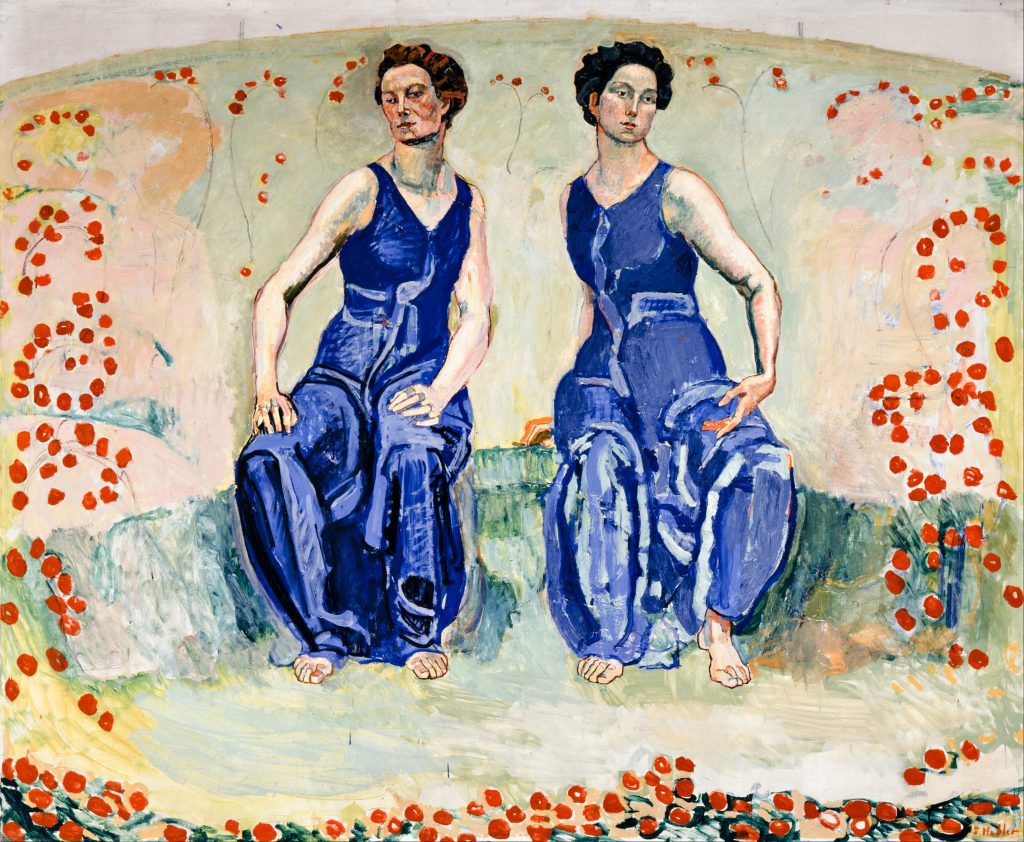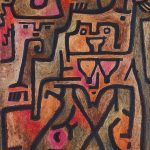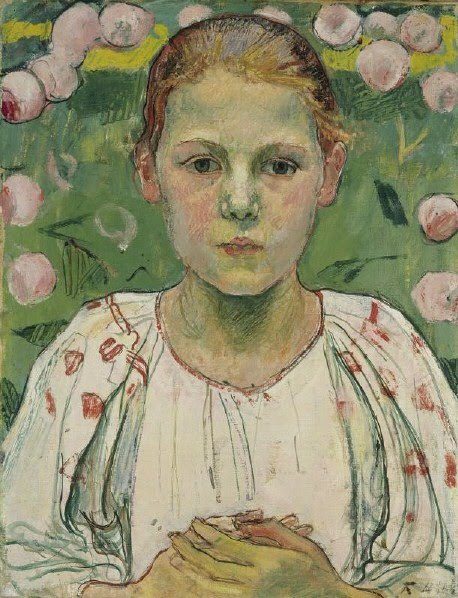
Ferdinand Hodler (March 14, 1853 – May 19, 1918) was a Swiss painter who made significant contributions to the development of Symbolism and later became a leading figure in the Symbolist and Art Nouveau movements. His art was characterized by a unique blend of symbolism, realism, and a focus on the human form, particularly in portraiture.
Early Life and Education: Ferdinand Hodler was born in Bern, Switzerland, and grew up in a modest family. He displayed an early interest in art and began working as an apprentice to a local decorative painter at the age of 14. During this time, he also attended evening art classes at the Bern School of Fine Arts.
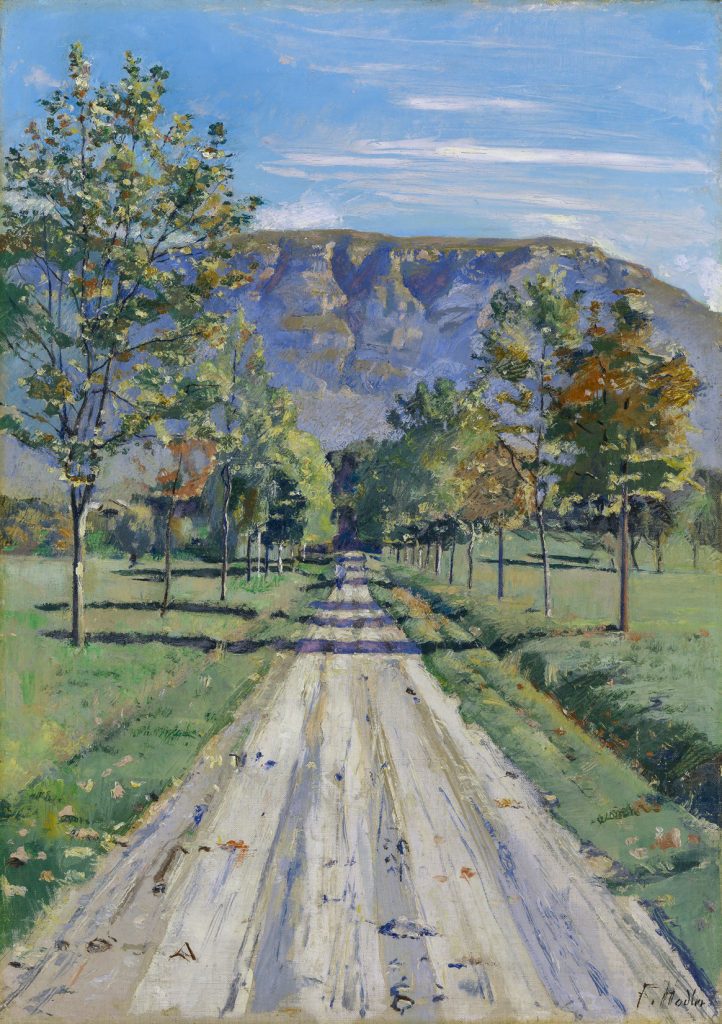
Career Development: Hodler’s career as an artist took off when he moved to Geneva in 1872, where he continued his studies and began to gain recognition for his work. In 1880, he had a breakthrough moment with his painting “Night,” which demonstrated his symbolic style and marked the beginning of his prominence in the art world.
Symbolism and Realism: Hodler’s art was influenced by both Symbolism and Realism. He often depicted human figures, especially women, in a highly stylized and symbolic manner. His works often explored themes of life, death, love, and spirituality. One of his most famous series of paintings is “The Disappointed Souls,” which portrays the theme of unrequited love.
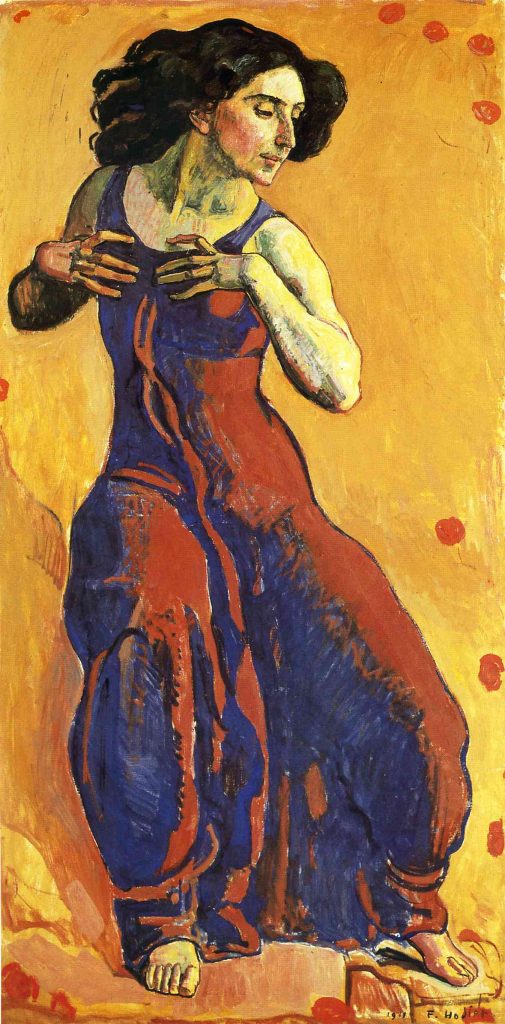
Portraiture and the Human Form: Hodler was particularly acclaimed for his portraits, which demonstrated a deep understanding of human psychology and emotion. His portraits often had a psychological depth that was unusual for the time. He painted many self-portraits and portraits of his lover, Valentine Godé-Darel, who tragically died of tuberculosis. These portraits reflect his personal struggles and emotions.
Later Career and Influence: Hodler’s art evolved over time, and he became associated with the Art Nouveau movement. He experimented with different styles and techniques, including Pointillism and a more geometric approach in his later landscapes.
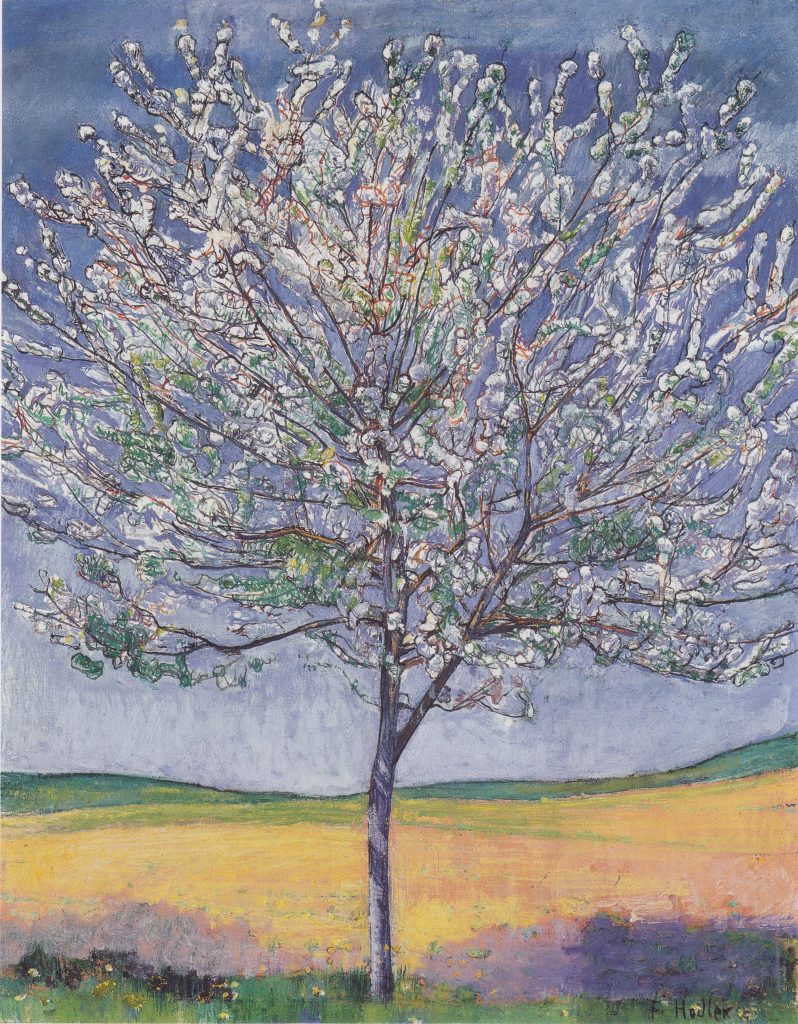
Ferdinand Hodler’s work had a significant impact on Swiss and European art, and he is often considered one of Switzerland’s most important painters. His unique fusion of symbolism and realism and his exploration of the human psyche left a lasting legacy in the art world.
Death and Legacy: Ferdinand Hodler passed away in Geneva in 1918. His influence extended well beyond his lifetime, with his art inspiring subsequent generations of artists. His works can be found in major museums and collections worldwide, and he remains a celebrated and influential figure in the history of art, known for his innovative approach to representing the human form and exploring profound philosophical themes in his work.
